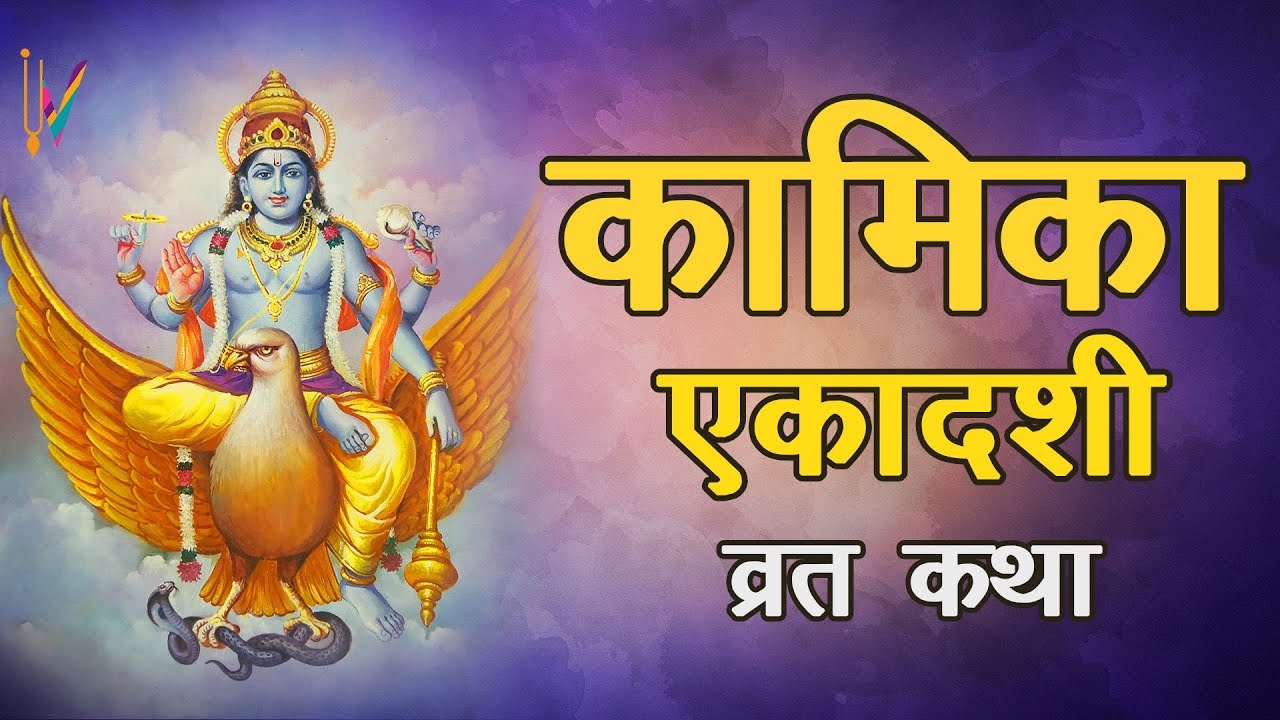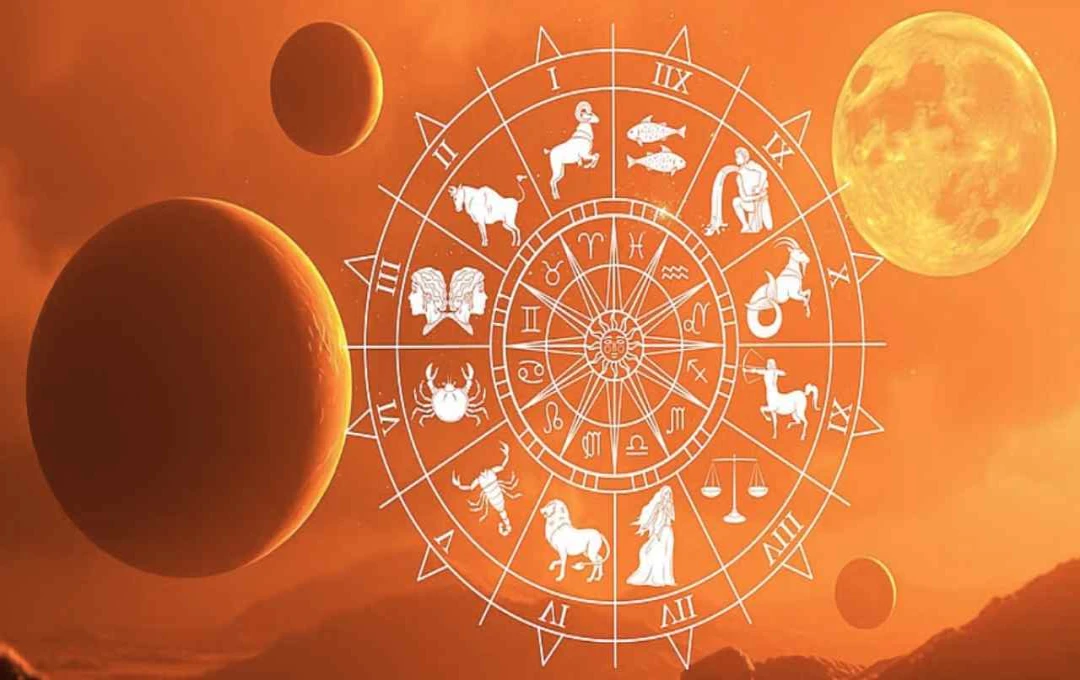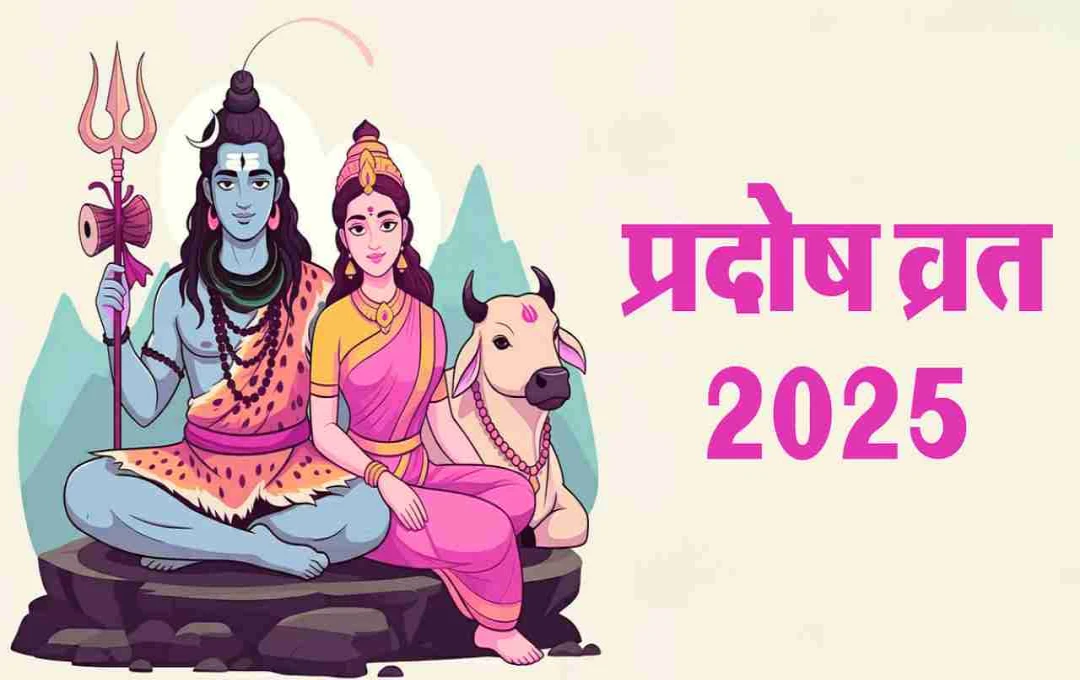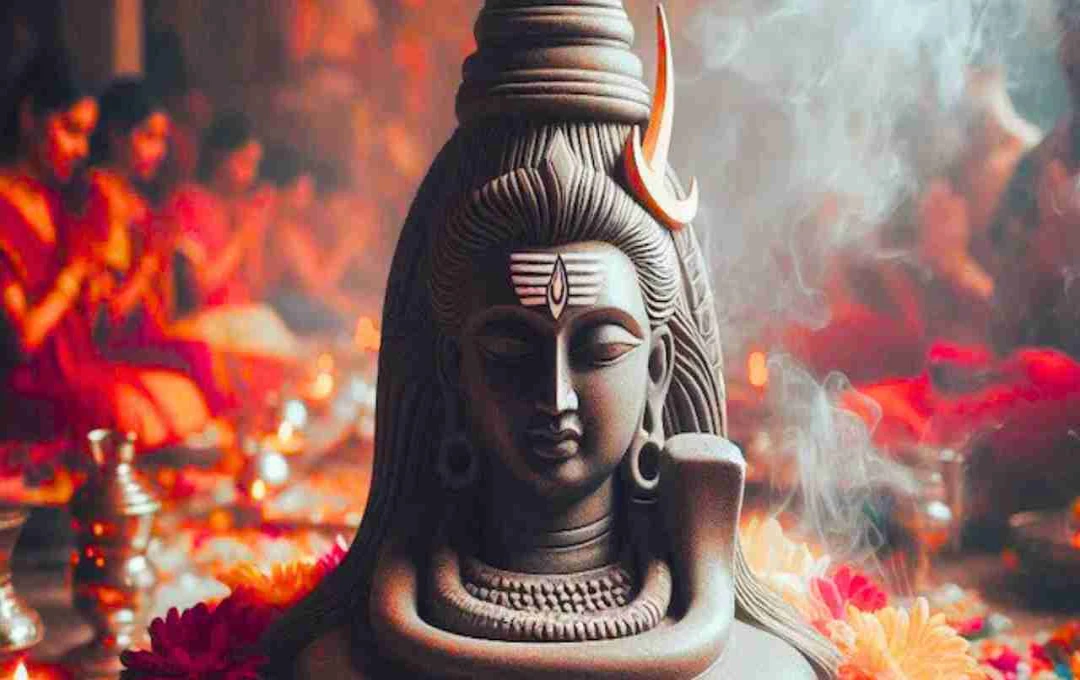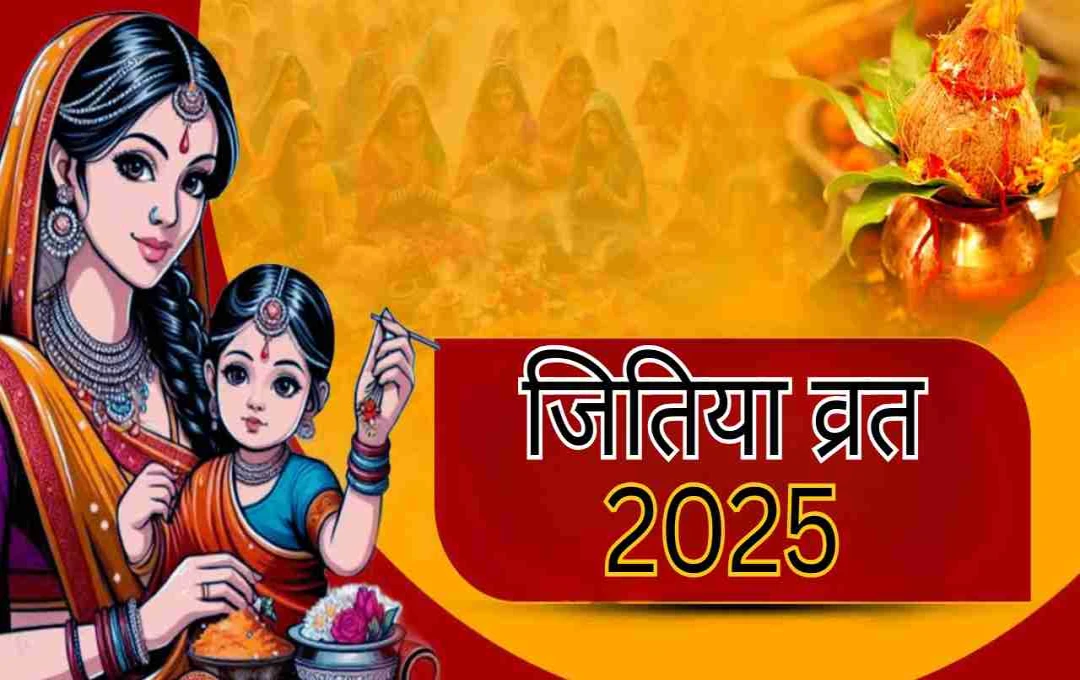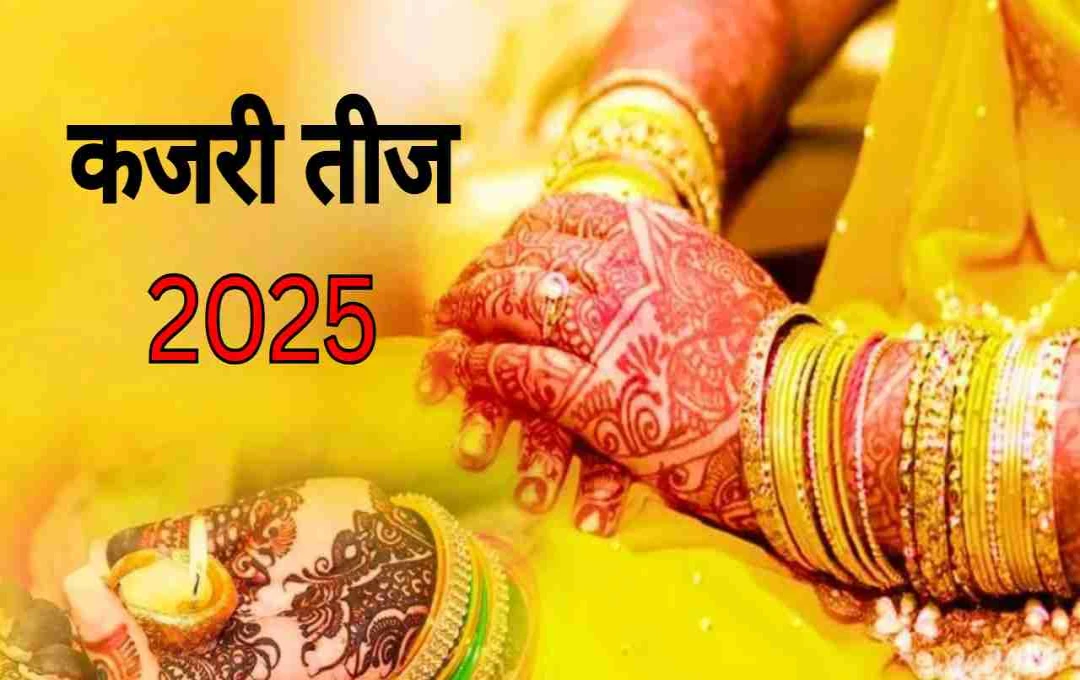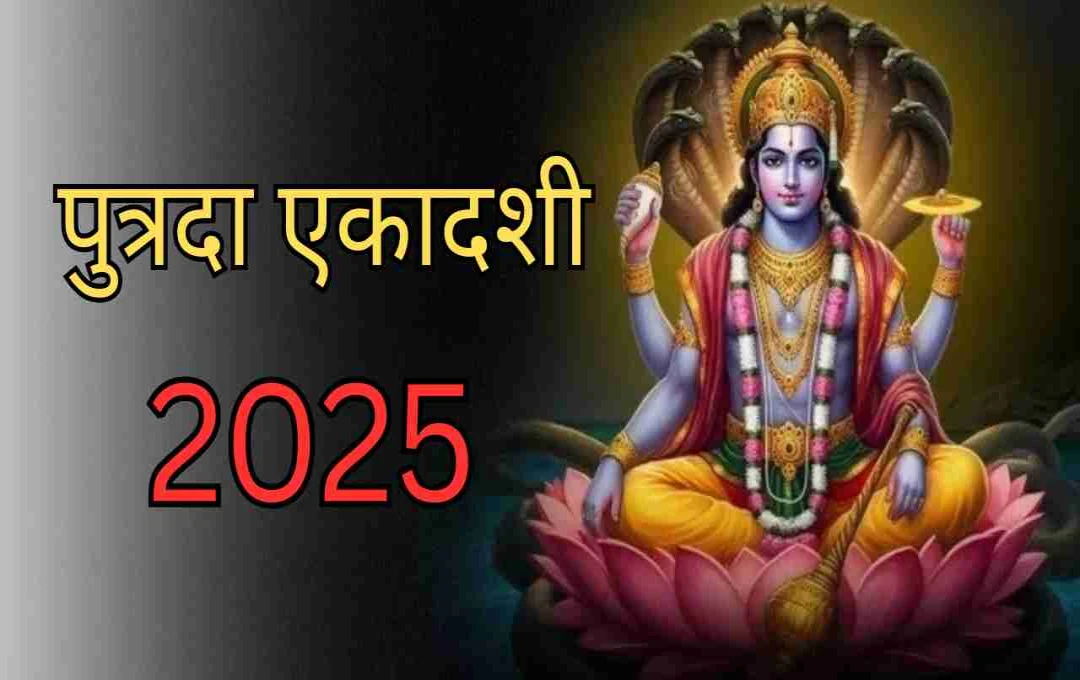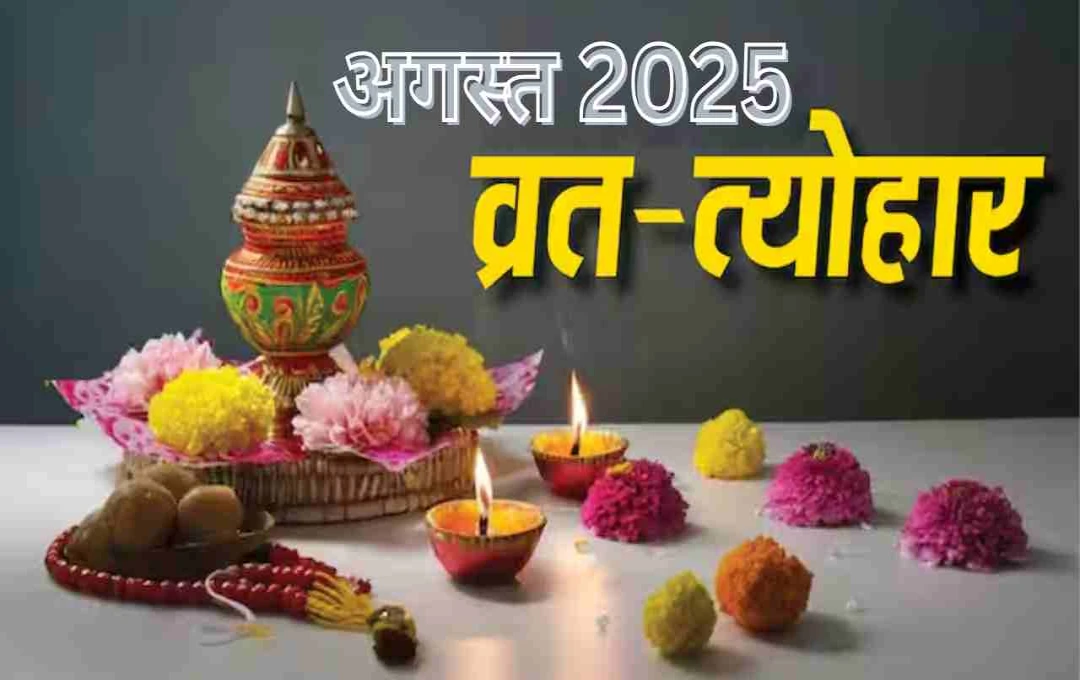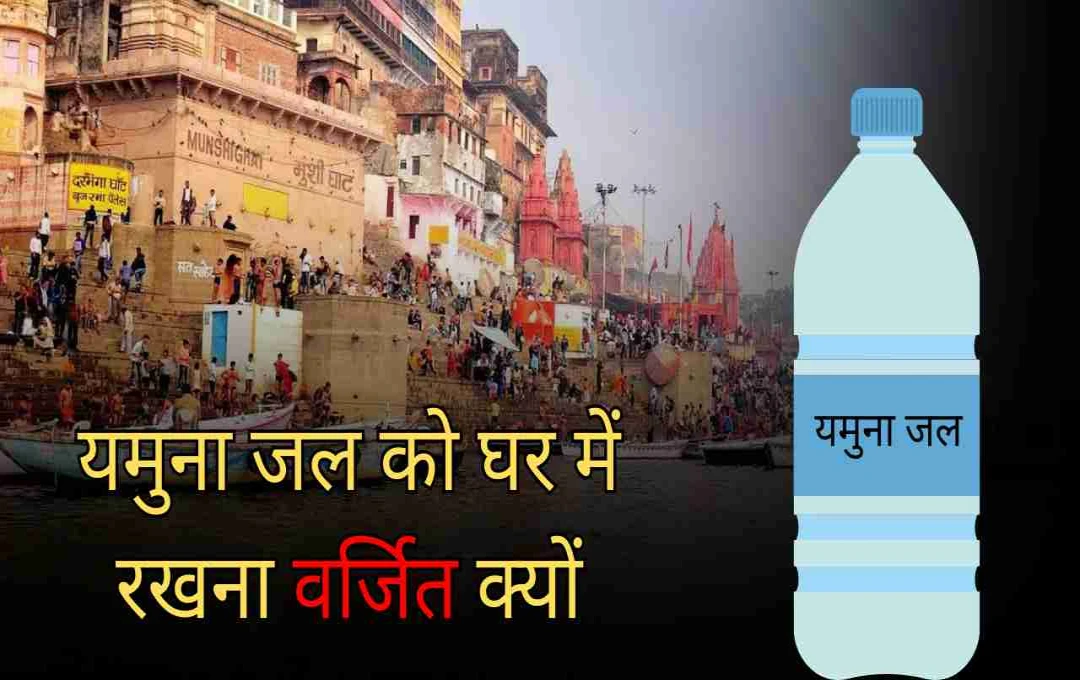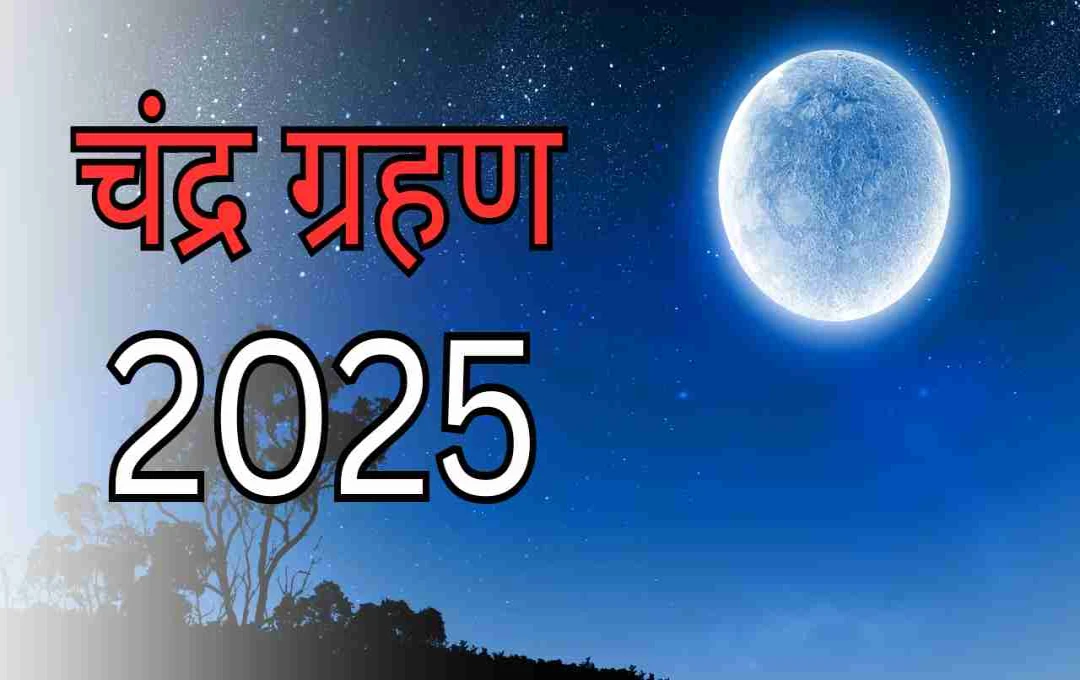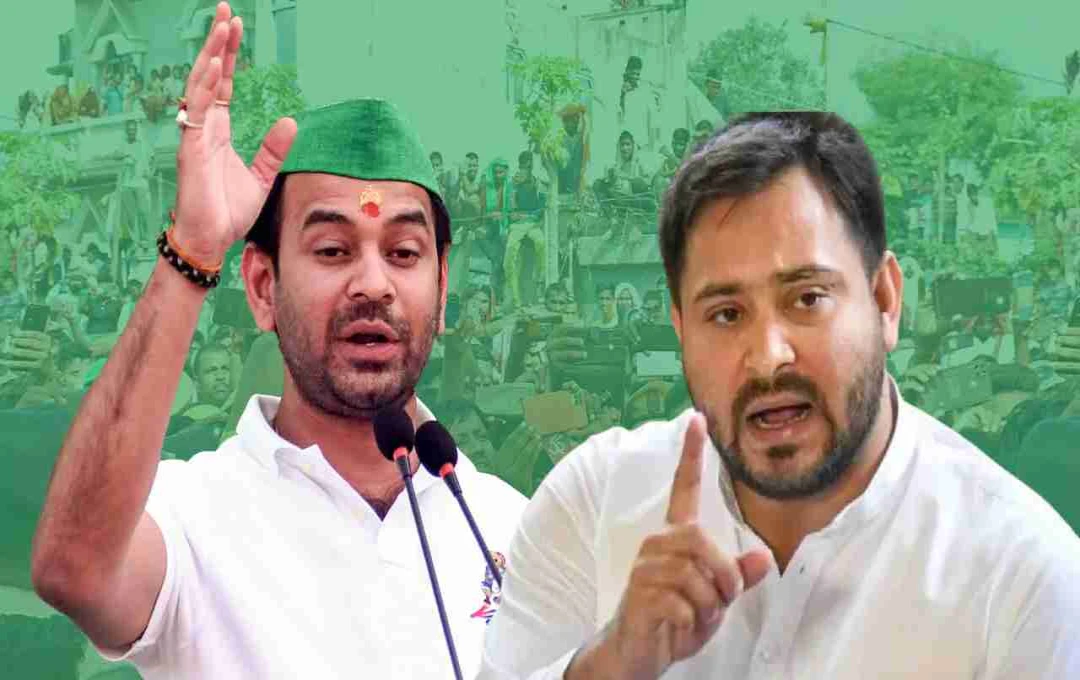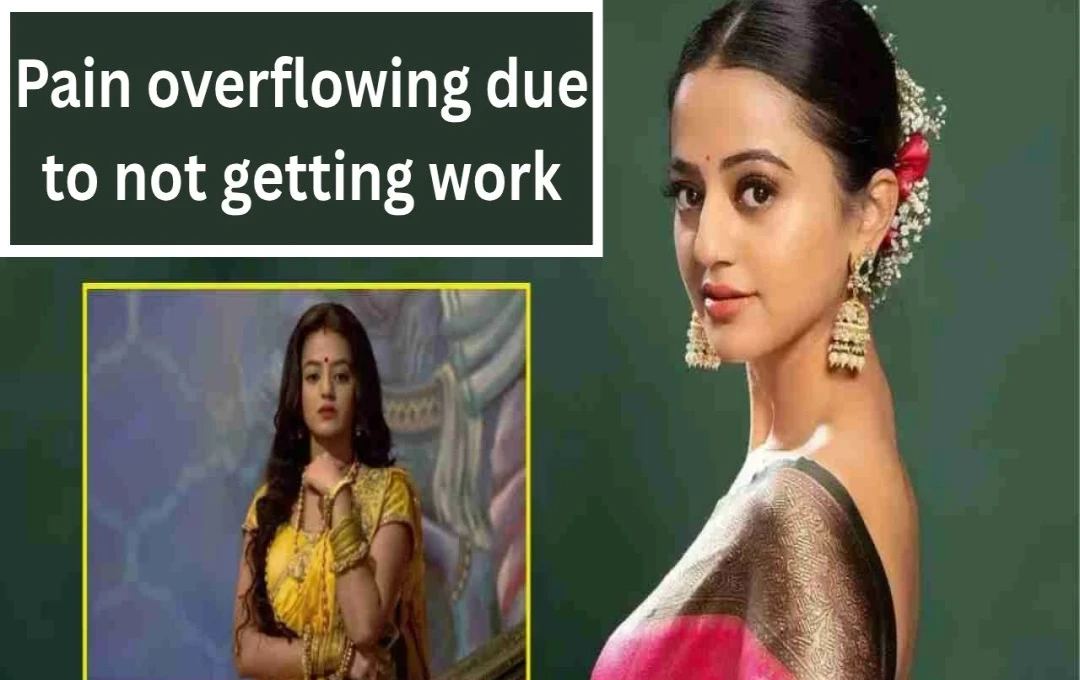Kamika Ekadashi, Vrat Katha, and its Significance
The Ekadashi falling in the Krishna Paksha (dark fortnight) of the month of Sawan is known as Kamika Ekadashi. It is considered one of the most auspicious fasts. It is believed that observing Kamika Ekadashi with all the prescribed rituals allows one to pray to the deities for the fulfillment of long-held desires. It is said that the Lord Vishnu grants such wishes to those who pray with sincerity. Furthermore, it is believed that observing Kamika Ekadashi fast liberates individuals from all sins.
On the day of Kamika Ekadashi, there is a tradition of worshipping Lord Vishnu in his Gada-dhara form (the wielder of the mace). Let us delve deeper into the significance of this fast and other interesting aspects covered in this article. According to Lord Krishna, just as Garuda is the best among birds, Shesha among serpents, and Brahmins among humans, the Ekadashi fast is considered the best among all fasts.
Lord Krishna's Insights on the Significance of this Ekadashi:
It is said that once, King Yudhisthira asked Lord Krishna about the significance of Kamika Ekadashi, which falls in the Krishna Paksha of the month of Sawan. Lord Krishna explained that this Ekadashi is known as Kamika Ekadashi, and observing this fast not only fulfills desires but also liberates one from all sins. Those who observe Kamika Ekadashi do not experience rebirth in the cycle of birth and death. It is believed that those who devoutly offer Tulsi leaves to Lord Vishnu on this Ekadashi are freed from all sins. Further, Lord Krishna said that those who worship Lord Narayana with devotion on Kamika Ekadashi receive the same merit as taking a bath in the sacred rivers Ganga, Kashi, Naimisharanya, and Pushkar.
Rules for observing Kamika Ekadashi Vrat:
The Kamika Ekadashi fast lasts for three days, spanning the Dashami, Ekadashi, and Dvadashi.
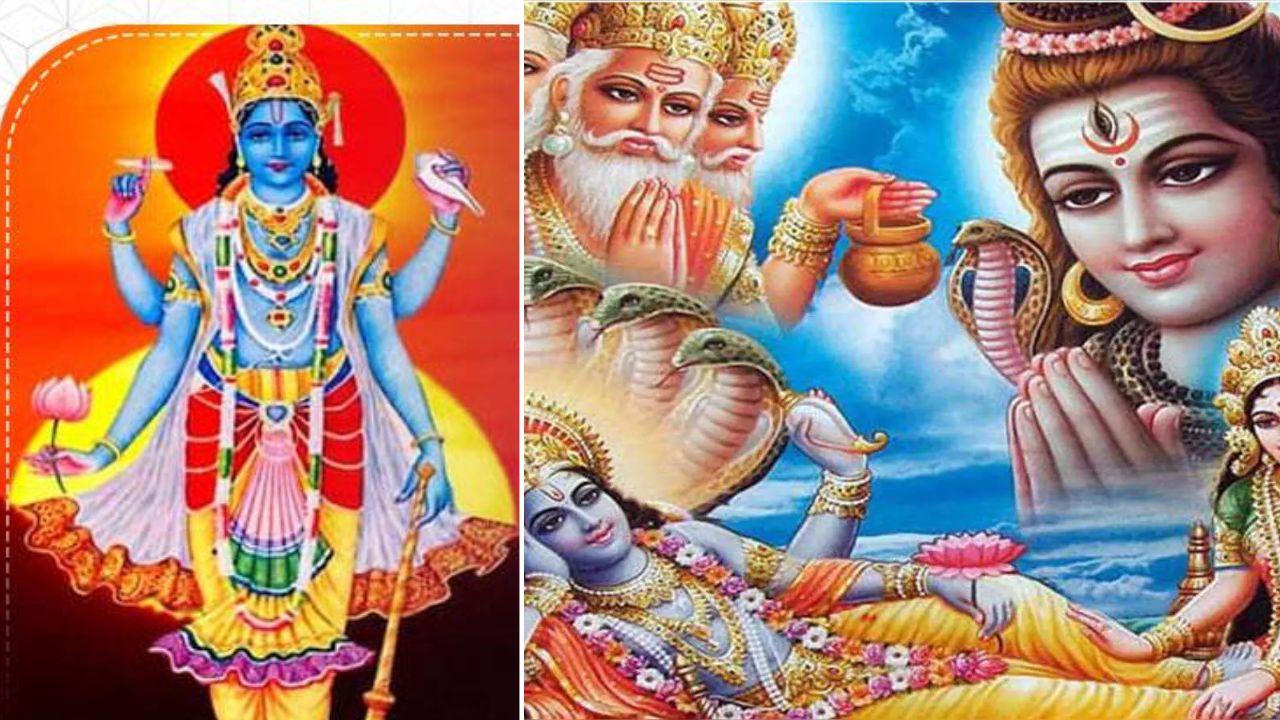
Things to Avoid:
During these days, one should avoid consuming rice, garlic, lentils, onions, meat, and alcohol.
Procedure for the Vrat Puja:
The rituals of this Ekadashi fast commence on the Dashami. The devotee should consume sattvic food and exercise control over their speech. After waking up early and taking a bath, the devotee should resolve to observe the fast, taking a handful of rice and flowers. Then, the puja should begin. First, offer fruits, flowers, sesame seeds, milk, and panchamrit to Lord Vishnu. Next, read the Kamika Ekadashi Katha and offer the Naivedya (food offering). If possible, one should observe a waterless fast (nirjala); otherwise, one can choose a fruit-based diet. The night should be spent in meditation and devotional songs. Maintain celibacy from Dashami night until Dvadashi. Avoid gossiping and criticizing. Focus on devotion to the Lord.
Kamika Ekadashi Vrat Katha:
Long ago, in a village, there lived a very irritable wrestler. One day, he had a quarrel with a Brahmin and, in anger, killed him. Because of this Brahmin-killing sin, the wrestler was ostracized from society. He realized his mistake and wanted atonement. A sage advised him to observe the Kamika Ekadashi fast as a means of liberation from his sins. Following the sage's advice, the wrestler diligently observed Kamika Ekadashi. That night, he dreamt of Lord Vishnu, who appeared and praised his devotion and intent to atone for his sins.
Subsequently, Lord Vishnu freed him from the guilt of Brahminicide
